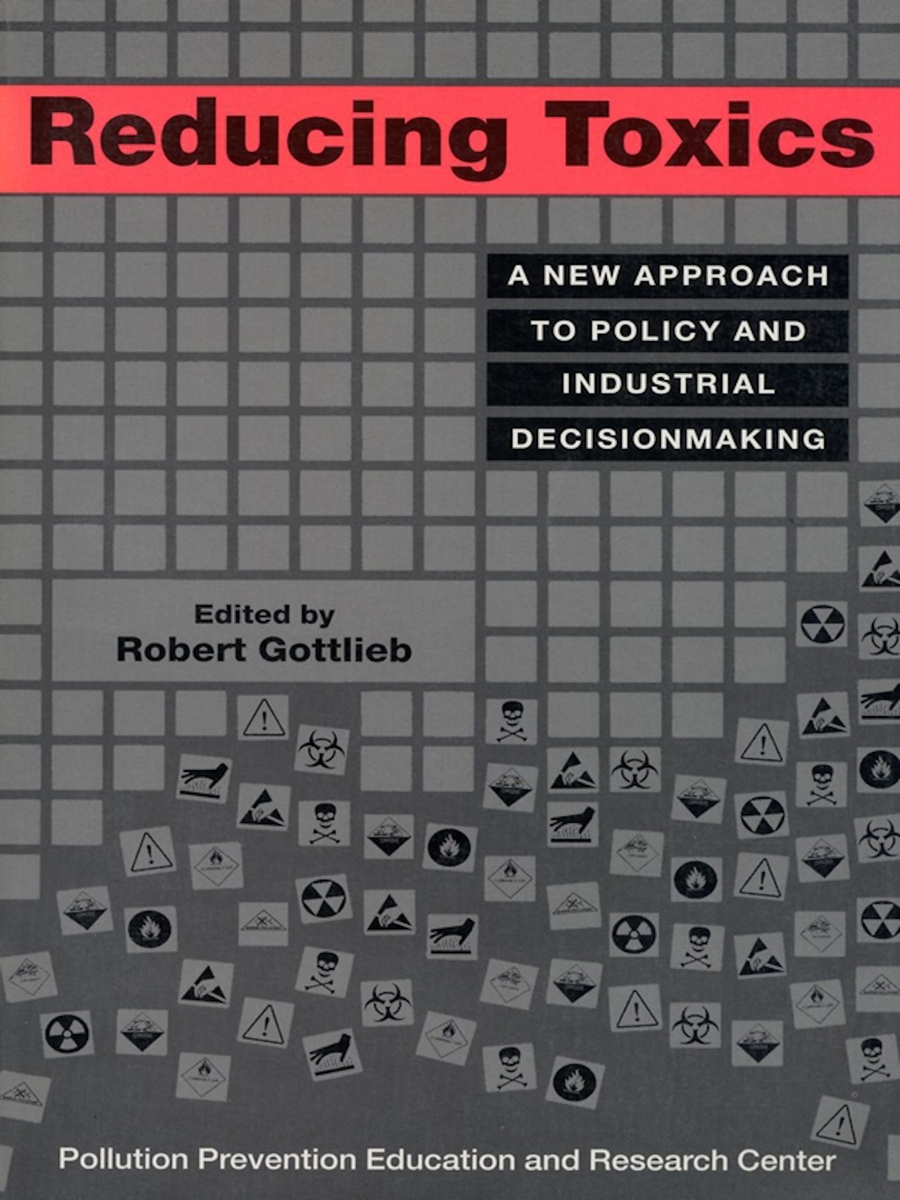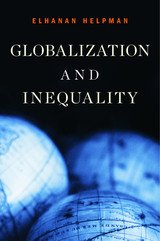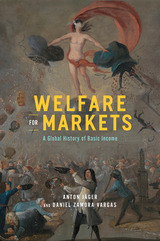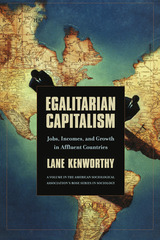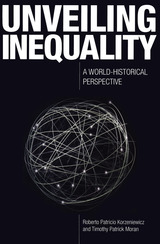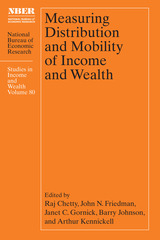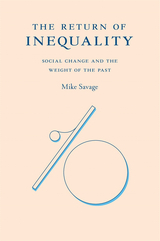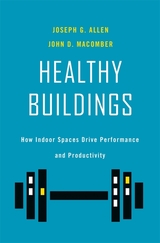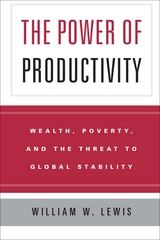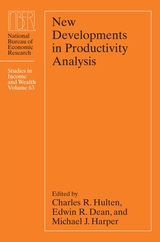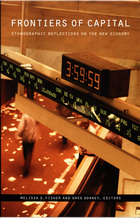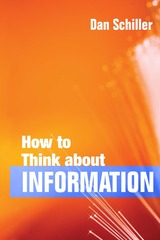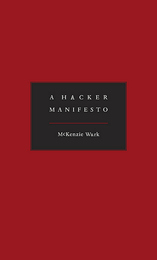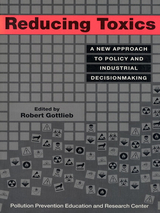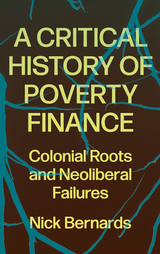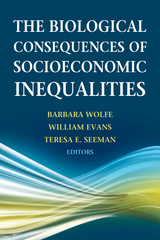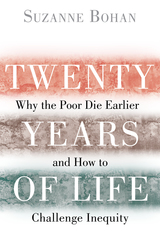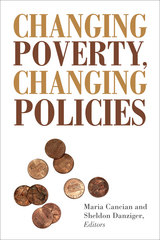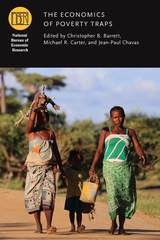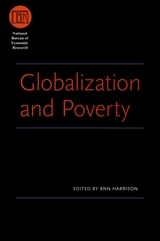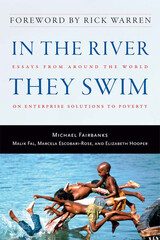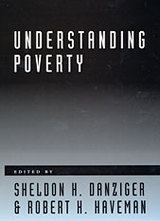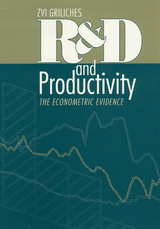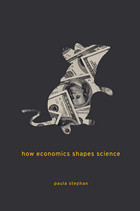Reducing Toxics: A New Approach To Policy And Industrial Decisionmaking
Island Press, 1995
eISBN: 978-1-61091-102-3 | Paper: 978-1-55963-336-9
Library of Congress Classification HC79.P55R43 1995
Dewey Decimal Classification 658.408
eISBN: 978-1-61091-102-3 | Paper: 978-1-55963-336-9
Library of Congress Classification HC79.P55R43 1995
Dewey Decimal Classification 658.408
ABOUT THIS BOOK | AUTHOR BIOGRAPHY | TOC | REQUEST ACCESSIBLE FILE
ABOUT THIS BOOK
In Reducing Toxics, leading experts address industry, technology, health, and policy issues and explore the potential for pollution prevention at the industry and facility levels. They consider both the regulatory and institutional settings of toxics reduction initiatives, prescribe strategies for developing a prevention framework, and apply these principles in analyzing industry case studies. Among the topics considered are:
Reducing Toxics offers an analytic framework for defining and understanding different approaches in the toxics area and describes the basis for a new policy and industrial decisionmaking construct.
- the evolution of, and limits to, current environmental policy
- incorporating prevention into production planning and decisionmaking
- do voluntary programs lead to industry greening or greenwashing?
- case studies of the chemical, aerosols, radiator repair and electric vehicle industries
- opportunities for and barriers to pollution prevention
Reducing Toxics offers an analytic framework for defining and understanding different approaches in the toxics area and describes the basis for a new policy and industrial decisionmaking construct.
See other books on: Gottlieb, Robert | Industrial management | New Approach | Policy | Pollution
See other titles from Island Press
